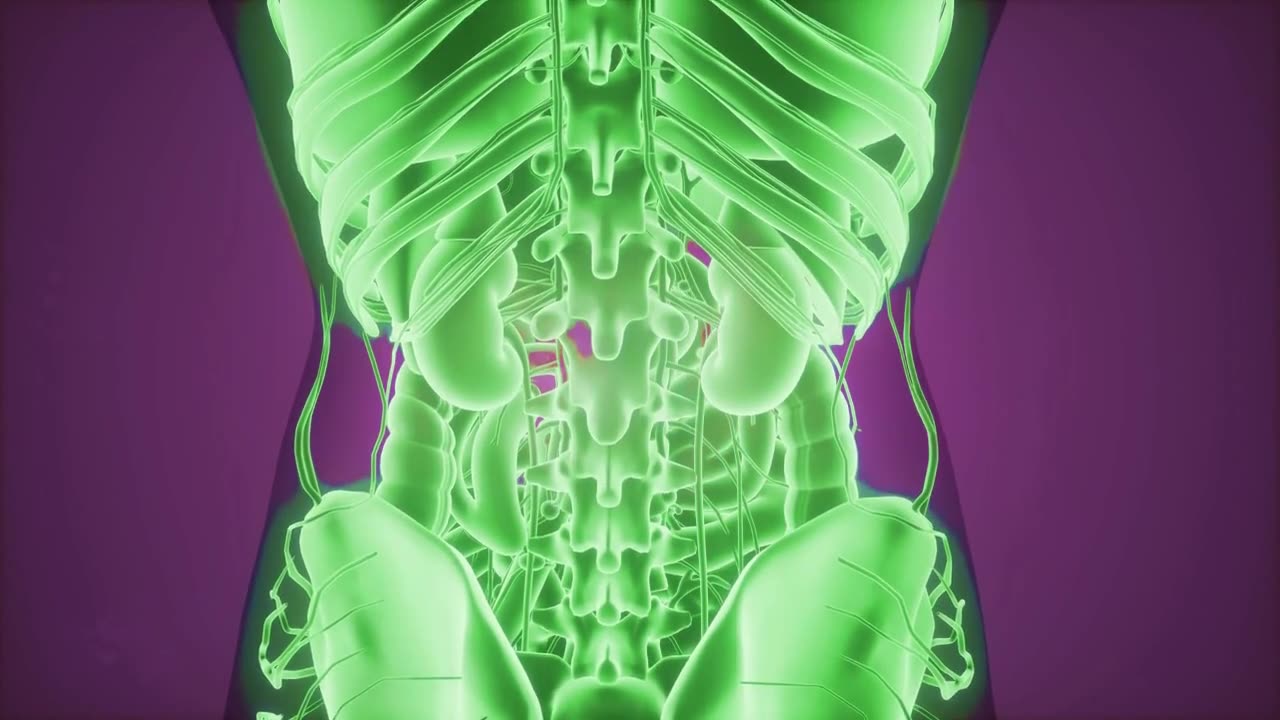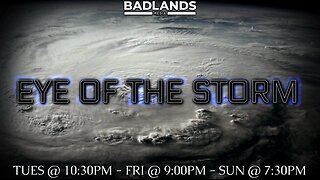Premium Only Content

Zero-Field NMR Measures Quadrupolar Nuclei for the First Time
Researchers at Mainz University and the University of California, Berkeley, have made significant advancements in zero-field nuclear magnetic resonance spectroscopy, setting new standards for benchmarking quantum chemistry calculations.
What is the structure of a specific molecule? And how do molecules interact with one another? Researchers often turn to nuclear magnetic resonance (NMR) spectroscopy to answer these questions. NMR utilizes a powerful external magnetic field to align the spins of atomic nuclei. These aligned spins are then induced to rotate by an oscillating weak magnetic field produced by coils.
A change in voltage as a result can be converted to measurable frequencies. Based on this, researchers can identify the molecular structures while also revealing certain information about the nuclear spin interactions. However, this type of investigation requires very strong magnetic fields generated by massive devices, which are themselves difficult to install and to maintain. At the same time, even with such elaborate equipment, it is still difficult to analyze quadrupolar nuclei, which are the most abundant type of nuclei in nature.
-
 5:26:29
5:26:29
Barbarian Mowz
12 hours agoBarbaric Stream!! - Knights of the Old Republic!
56.1K2 -
 2:51:51
2:51:51
PandaSub2000
12 hours agoLego Star Wars: Skywalker Saga | ULTRA BEST AT GAMES (Original Live Version)
41.5K2 -
 12:40
12:40
Scammer Payback
3 days agoHACKED Scammers Reaction to being Destroyed
31.5K14 -
 1:31:09
1:31:09
Badlands Media
1 day agoEye of the Storm Ep. 208: Speaker Johnson’s Re-Election and the Vegas Cybertruck Incident Decoded
82.4K47 -
 1:36:46
1:36:46
Kim Iversen
14 hours agoLee Harvey Oswald and Cuba: The New Evidence That Changes Everything
115K70 -
 2:19:43
2:19:43
TheSaltyCracker
11 hours agoCybertruck Bomber Manifesto Leaked ReeEEeE Stream 01-03-25
167K272 -
 1:44:12
1:44:12
Roseanne Barr
11 hours ago $15.24 earnedSquid Game? | The Roseanne Barr Podcast #81
86.3K154 -
 1:13:27
1:13:27
Man in America
16 hours ago🚨 2025 WARNING: Disaster Expert Predicts 'ABSOLUTE CHAOS' for America
59.2K40 -
 3:43:16
3:43:16
I_Came_With_Fire_Podcast
17 hours agoNew Years TERRORISM, Mexico trying to FAFO, and DARK MONEY to US Think Tanks
26.2K11 -
 1:47:40
1:47:40
Glenn Greenwald
13 hours agoThe Key Issues Determining the Trajectory of the Second Trump Administration: From Israel and Ukraine to Populism and Free Speech | SYSTEM UPDATE #382
78K50